According to the Ministry of Agriculture and Rural Development, in the first 10 months of 2023, agricultural exports to key market areas all tended to decrease compared to the same period. Specifically, the Americas decreased by 20.6%, Europe decreased by 11.8%, Africa increased by 21.6% and Asia increased by 5.7%.
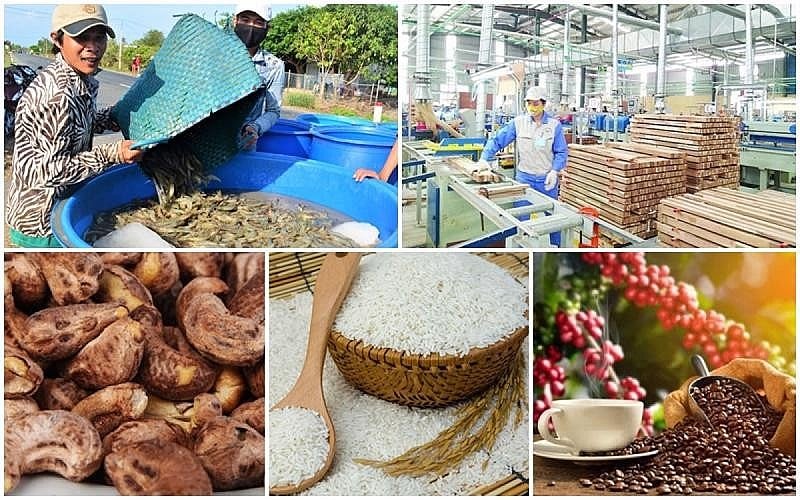 |
| In the first 10 months of 2023, agricultural exports to key market areas all tended to decrease compared to the same period. |
In particular, the Middle East and Africa are two large market areas with many countries and territories, potential and promising markets, with large import demand for Vietnamese agricultural products, especially foodstuffs.
The total export value of agricultural, forestry and fishery products to these two regions in 2022 reached over 1.6 billion USD (up 2.6% over the same period) and in the first 10 months of 2023 reached nearly 1.6 billion USD (up 11.7%).
Of which, exports to the Middle East region in 2022 reached over 836 million USD (up 22.3%), in 10 months of 2023 reached nearly 700 million USD (up 2.6%); exports to the African region in 2022 reached over 859 million USD (down 11.3%) but in 10 months of 2023 reached nearly 900 million USD (up 20.1%).
Mr. Ngo Xuan Nam - Deputy Director of the Vietnam SPS Office - said that in the first 10 months of 2023, there were 1,000 notifications on changes in sanitary and phytosanitary measures (SPS) from major markets such as Japan (120), Canada (111), EU (103), the United States (80) ..., accounting for about 10% of the number of notifications. However, compared to the total number of notifications from WTO members during this period, the number of notifications from the entire Middle East and Africa regions was only 158, accounting for 15% of the number of SPS notifications.
However, according to Mr. Ngo Xuan Nam, although the SPS regulations of the markets in these two regions are stable and rarely change, they are not easy to meet. This is a feature that needs to be noted.
Regarding this, a representative of the Department of Quality, Processing and Market Development (Ministry of Agriculture and Rural Development) said that Vietnamese agricultural, forestry and fishery products entering these two markets also need to meet a number of requirements on product standardization and production processes in agricultural exports to increase competitiveness compared to some neighboring countries with similar products.
"Regulations on food safety measures and animal and plant disease safety (SPS) in each country in the Middle East and Africa are different, however, agricultural and food products entering these markets need to pay attention to Halal certification," emphasized a representative of the Department of Quality, Processing and Market Development.
As one of the countries in the Middle East, Saudi Arabia has a great demand for agricultural products, food, Halal food, organic food, fresh fruits and vegetables. Imports from Vietnam reach 200 million USD/year, seafood imports reach over 80 million USD.
However, according to Mr. Tran Trong Kim - Vietnamese Trade Counselor in Saudi Arabia, this country has strict regulations, agricultural products and food exported here must be registered with the Saudi Arabian Food and Drug Authority (SFDA) and must be approved by SFDA.
SFDA not only regulates but also carries out very strict inspections of food safety standards, SFDA has the right to officially inspect the operating procedures of the competent authority in the exporting country to verify that the legal regulations and management systems in that country comply with Saudi Arabia's food law, regulations, standards, guidelines, directives and all legal documents related to animal and plant health protection.
The UAE is a wealthy country and its growing population over the past two decades has led to an increase in overall consumption. However, agriculture accounts for only 0.9% of the country's GDP and 80% of food and beverages are imported by the UAE.
Sharing some notes when exporting agricultural products to the market, Mr. Truong Xuan Trung - Head of the Vietnam Trade Office in the UAE - informed that, in addition to Halal certificates, health inspection certificates and plant inspection certificates for food products, the UAE is an open market with almost no trade barriers, but this is a very competitive market. Exported products must ensure food hygiene and safety, the rate of chemicals and pesticides must not exceed the permitted level. It is necessary to negotiate and apply the safest payment terms when transacting with UAE businesses.
In addition to the difficulties, according to Mr. Ngo Xuan Nam, the Middle East and Africa are two special regions for the Vietnamese agricultural market. In 2023, the Vietnam - Israel Free Trade Agreement (VIFTA) will be signed. In addition, the Free Trade Agreement with the United Arab Emirates (UAE) is also under discussion. These are the first free trade agreements that help open the gateway for Vietnamese goods to deeply access the Middle Eastern market.
The Middle East region consists of 16 countries with a population of about 400 million. Vietnam's agricultural and food exports to the Middle East mainly focus on countries belonging to the Gulf Cooperation Council (GCC) with 6 member countries including UAE, Saudi Arabia, Kuwait, Bahrain, Qatar and Oman. Currently, all 6 GCC countries are WTO members and have traded agricultural and food products with Vietnam with great export potential, and information related to food safety has been fully accessed.
For the African market, 45/55 African countries have joined the WTO. Therefore, these countries have gradually removed non-tariff barriers, reduced import taxes, creating favorable conditions for Vietnamese goods to penetrate the market. Vietnam - Africa trade has increased from 2.52 billion USD in 2010 to 5.5 billion USD in 2022. Of which, Vietnam's exports to Africa reached 2.8 billion USD. Commodities such as rice, coffee, and seafood are Vietnam's strong export items.
Source link


![[Photo] National Assembly Chairman works with leaders of Can Tho city, Hau Giang and Soc Trang provinces](https://vphoto.vietnam.vn/thumb/1200x675/vietnam/resource/IMAGE/2025/5/11/c40b0aead4bd43c8ba1f48d2de40720e)
![[Photo] Prime Minister Pham Minh Chinh chairs the fourth meeting of the Steering Committee for Eliminating Temporary and Dilapidated Houses](https://vphoto.vietnam.vn/thumb/1200x675/vietnam/resource/IMAGE/2025/5/11/e64c18fd03984747ba213053c9bf5c5a)

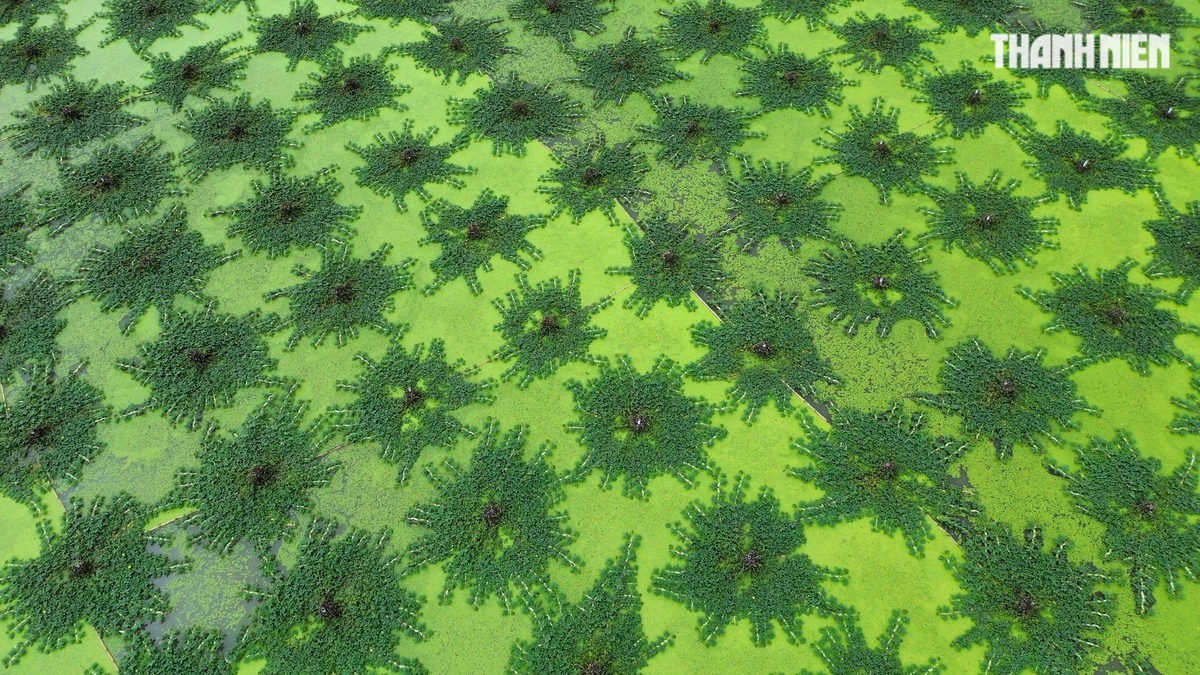
![[Photo] The moment Harry Kane lifted the Bundesliga trophy for the first time](https://vphoto.vietnam.vn/thumb/1200x675/vietnam/resource/IMAGE/2025/5/11/68e4a433c079457b9e84dd4b9fa694fe)
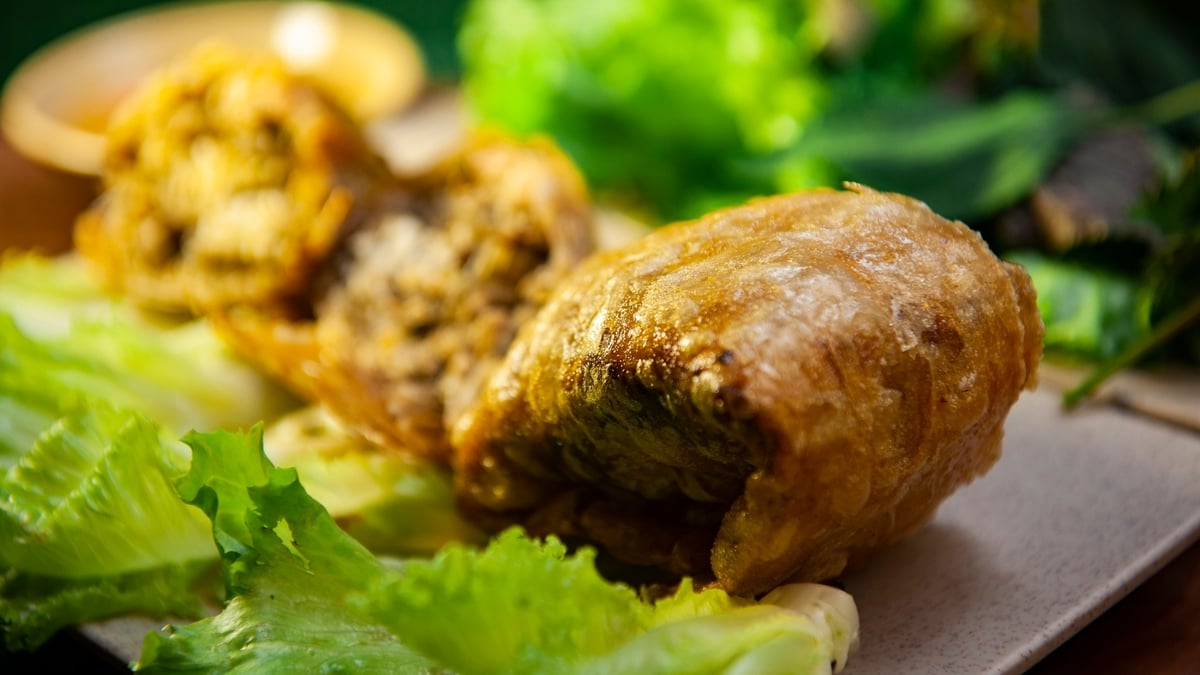


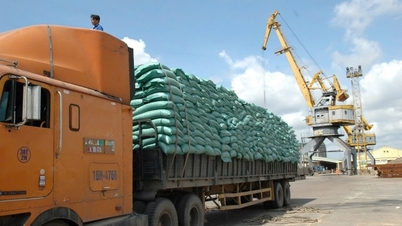


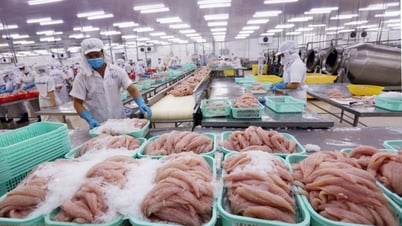
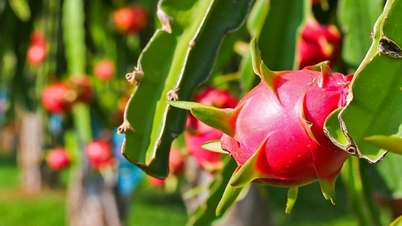



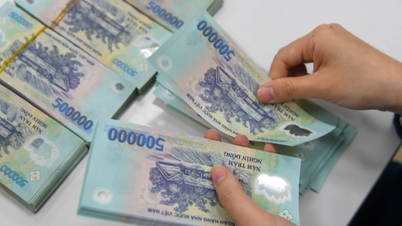
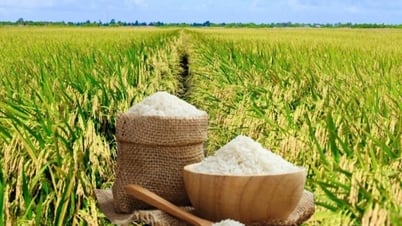
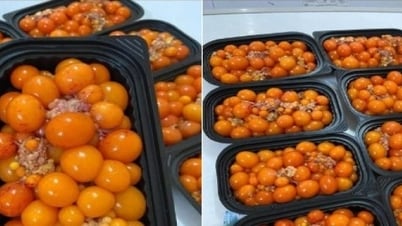







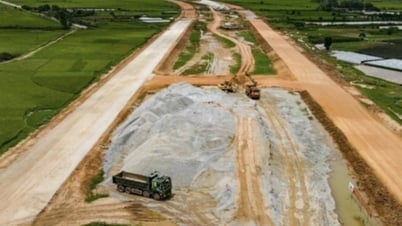
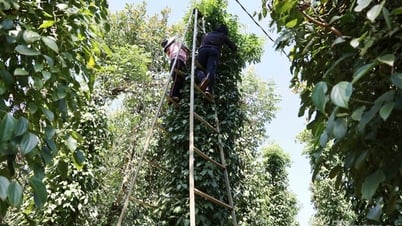
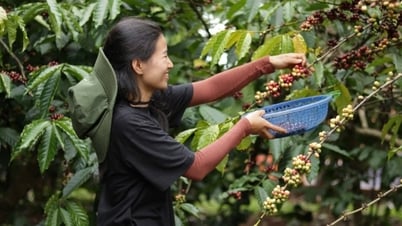



































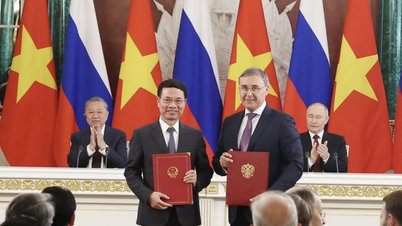

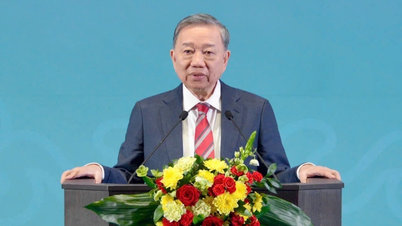
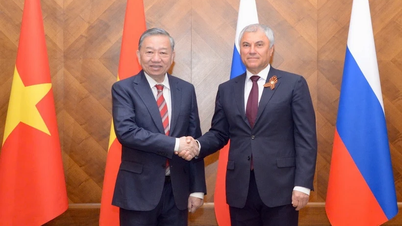












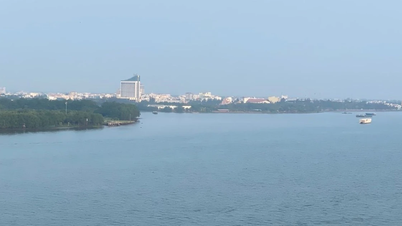



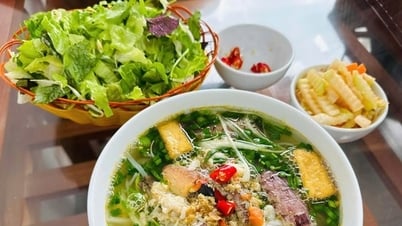



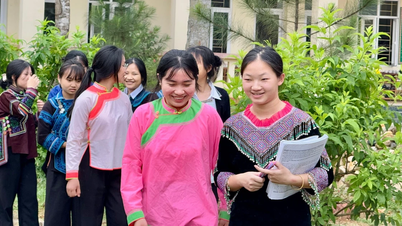










Comment (0)